Rising Prevalence of Respiratory Disorders
The increasing incidence of respiratory disorders in the GCC region is a primary driver for the high flow-nasal-cannula market. Conditions such as chronic obstructive pulmonary disease (COPD) and asthma are becoming more prevalent, leading to a higher demand for effective oxygen delivery systems. According to recent health statistics, respiratory diseases account for a significant portion of hospital admissions, necessitating advanced therapeutic solutions. The high flow-nasal-cannula market is positioned to benefit from this trend, as healthcare providers seek to improve patient outcomes through innovative respiratory support technologies. The market is projected to grow at a CAGR of approximately 8% over the next five years, reflecting the urgent need for effective management of these conditions.
Growing Awareness of Non-Invasive Ventilation
There is a growing awareness among healthcare professionals and patients regarding the benefits of non-invasive ventilation techniques, which is positively influencing the high flow-nasal-cannula market. Non-invasive methods are increasingly recognized for their ability to provide effective respiratory support without the need for intubation, thereby reducing complications and improving patient comfort. Educational programs and training sessions are being conducted across the GCC to promote the use of high flow-nasal-cannula systems. This shift in perception is expected to drive market growth, as more healthcare providers incorporate these technologies into their treatment protocols. The market is anticipated to expand by approximately 6% annually as awareness continues to rise.
Technological Innovations in Respiratory Care
Technological innovations in respiratory care are a crucial driver for the high flow-nasal-cannula market. Advances in device design, such as improved flow rates and enhanced humidification systems, are making high flow-nasal-cannula systems more effective and user-friendly. Manufacturers are investing in research and development to create devices that offer better performance and patient outcomes. The introduction of smart technologies, including real-time monitoring and data analytics, is also transforming the landscape of respiratory care. As these innovations become more prevalent, healthcare providers in the GCC are likely to adopt high flow-nasal-cannula systems at an accelerated pace, contributing to a projected market growth of 7% over the next few years.
Increasing Demand for Home Healthcare Solutions
The rising demand for home healthcare solutions is significantly influencing the high flow-nasal-cannula market. As patients increasingly prefer receiving care in the comfort of their homes, there is a growing need for portable and efficient respiratory support devices. The high flow-nasal-cannula systems are well-suited for home use, providing patients with the necessary oxygen therapy while allowing for mobility and independence. This trend is further supported by the aging population in the GCC, which is more likely to require ongoing respiratory support. Market analysts predict that the home healthcare segment will grow by 9% annually, highlighting the potential for high flow-nasal-cannula systems to meet the evolving needs of patients.
Government Initiatives and Healthcare Investments
Government initiatives aimed at enhancing healthcare infrastructure in the GCC are significantly impacting the high flow-nasal-cannula market. Increased funding for healthcare facilities and the establishment of specialized respiratory care units are driving the adoption of advanced medical technologies. For instance, the GCC governments are investing heavily in public health campaigns and hospital upgrades, which include the procurement of high flow-nasal-cannula systems. This investment is expected to reach $10 billion by 2026, indicating a robust commitment to improving healthcare services. As a result, the high flow-nasal-cannula market is likely to experience substantial growth, driven by enhanced accessibility and availability of advanced respiratory care solutions.


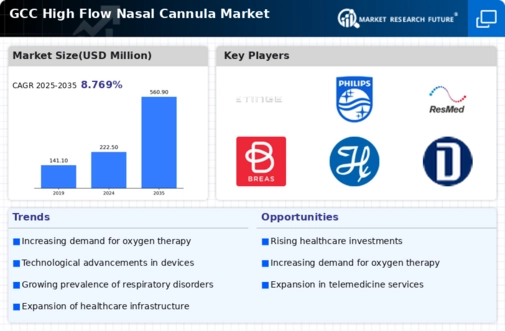
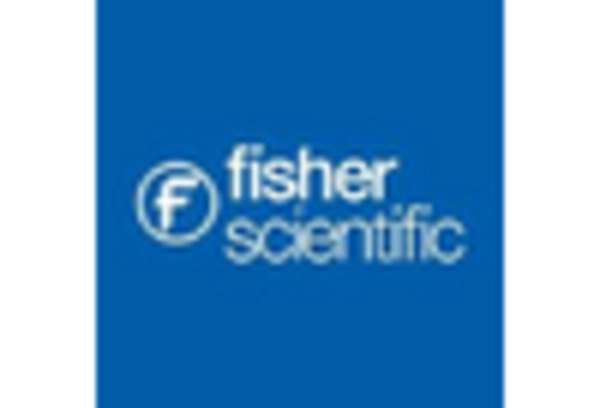
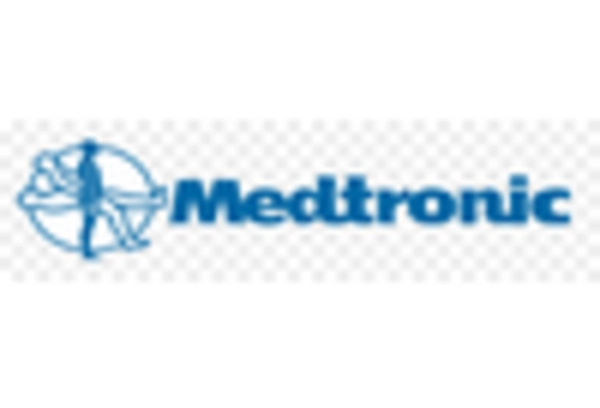

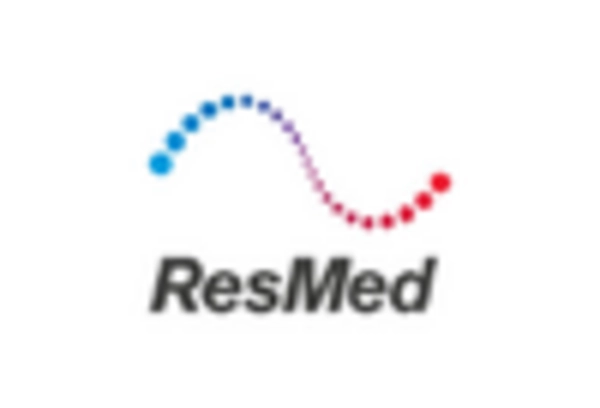
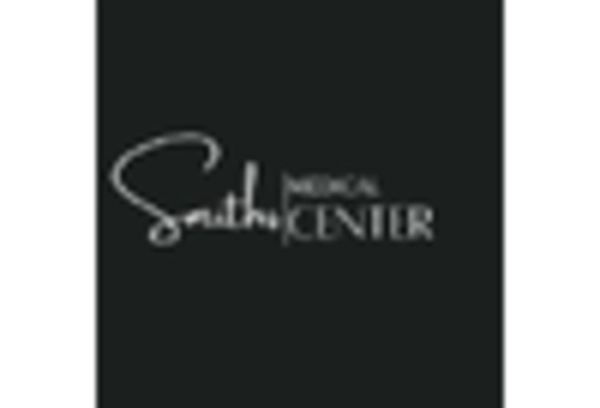
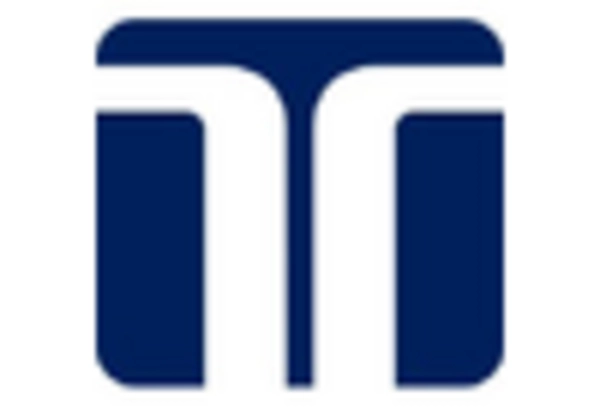








Leave a Comment